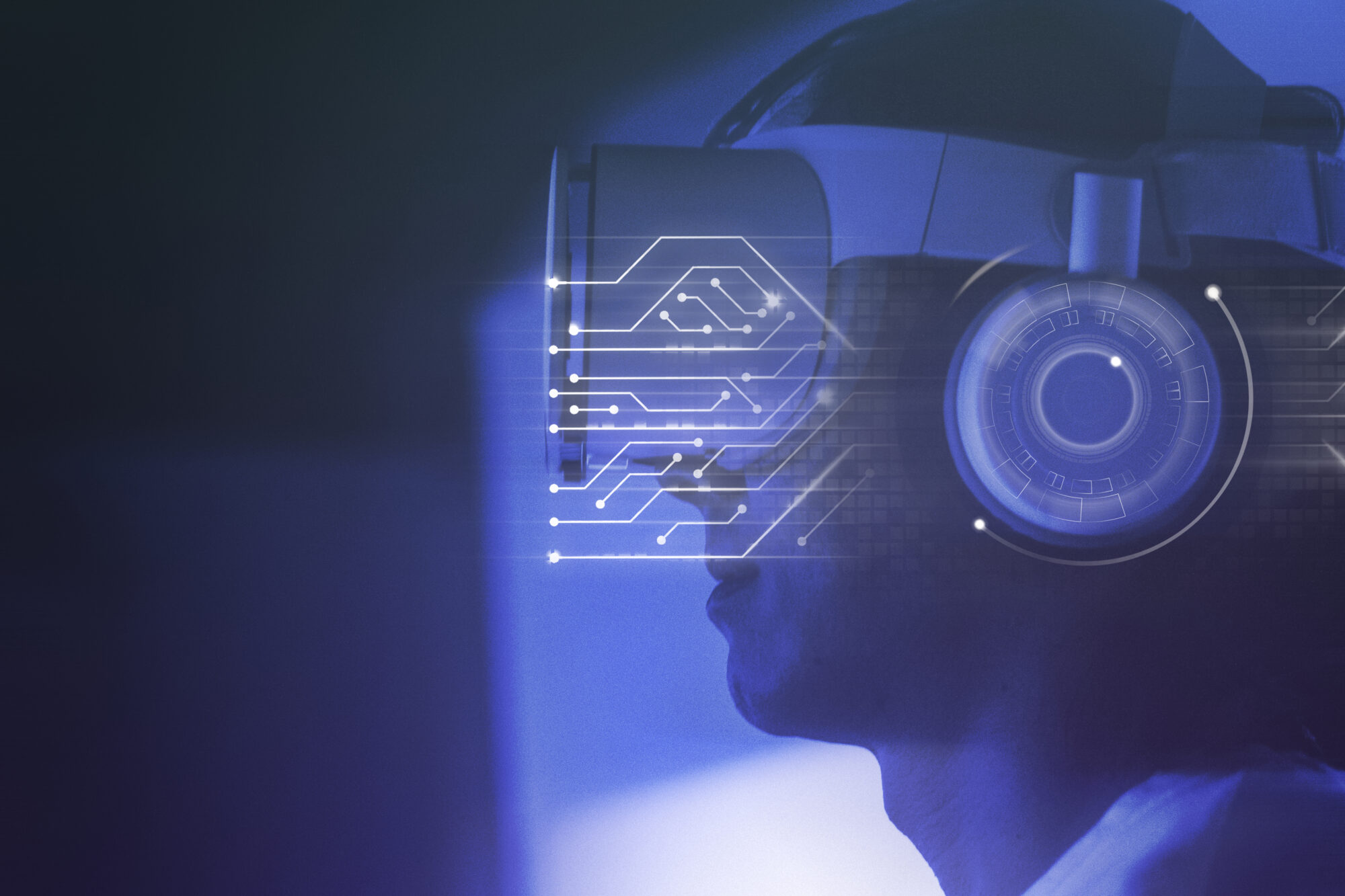As the digital landscape expands and evolves, one term you’re likely to hear with increasing frequency is “mixed reality” (MR). This concept represents a noticeable shift in how we perceive and interact with the digital world, blending our physical reality with the virtual environment in a seamless manner. Mixed reality is becoming a significant technology in the vanguard of digital advancement, adding another layer of richness to our interactive experience.
The importance of understanding mixed reality cannot be overstated in times of the Industry 4.0 (or even Industry 5.0) and the ongoing digital transformation. As we navigate an ever-evolving digital landscape, knowledge of MR is not only beneficial but highly advised. Unsurprisingly, keeping pace with rapid technological developments informs us about new ways of interacting with digital content, and equips us with insights necessary for adapting to a future where MR can become commonplace.
Understanding mixed reality
What is mixed reality? MR is the merging of real and virtual worlds to produce new environments and visualizations where physical and digital objects co-exist and interact in real time. It is not only about overlaying digital information onto our physical world, but enabling real-time interaction between the two realms, creating a novel spatial computing experience.
Mixed reality vs augmented reality
When comparing mixed reality with augmented reality (AR), the key distinction lies in the level of interaction between the digital and physical worlds. While both AR and MR blend the virtual and real worlds, the main difference lies in the depth of interaction between these worlds. MR offers a more immersive experience where the physical and digital can interact with each other, while in AR, the physical and digital exist alongside each other but do not interact. Much like augmented reality, mixed reality also keeps you rooted in your actual environment while introducing digital elements to it. However, in contrast to AR, where you can interact with digital content via a mobile device, mixed reality technologies call for the use of a headset to fully immerse yourself in the blended physical-digital experience.
What is a key feature of mixed reality?
One of the key features of mixed reality is spatial anchoring, a technology that enables digital objects to interact with the real world. This feature allows users to perceive created elements as if they were part of their physical environment, significantly enriching the user experience by enabling natural, intuitive interactions with digital content.
How does mixed reality work?
Mixed reality operates on sophisticated technology that combines the strengths of both virtual and augmented realities. With the aid of various sensors, cameras, and advanced algorithms, mixed reality devices capture the user’s physical environment and then overlay it with digital content that can interact with the user and their environment.
Mixed reality devices such as headsets and smart glasses are integral to the MR experience. These devices are equipped with a suite of sensors, cameras, and often microphones that are used to capture the user’s environment. High-resolution displays then project digital content onto the user’s field of view, creating an immersive experience where digital objects seem to inhabit the physical world.
The interaction in mixed reality is an intricate process between the user, the digital content, and the physical world. Users interact with digital content using natural gestures, voice commands, or even eye movements, while sensors and algorithms work behind the scenes to ensure that the digital content responds in a way that is consistent with the user’s actions and the physical environment.

presentation to try
Nsflow in action
The power of mixed reality technology
Technological advancements in mixed reality have been nothing short of transformative. Increased processing power, improved sensor technologies, and advancements in artificial intelligence have led to a level of interaction and immersion that was unthinkable just a few years ago. These technological leaps have facilitated greater precision and complexity in the way digital objects interact with the real world, driving a richer, more immersive MR experience.
Mixed reality technology plays a pivotal role in bridging the gap between the virtual and real world. By enabling real-time interaction between digital and physical entities, MR offers a spatial computing platform that augments our perception of the world around us. This immersive experience has the potential to revolutionize numerous domains, from gaming and entertainment to design, education, and healthcare.
The hardware and software components of mixed reality are integral to the functioning and user experience of this technology. On the hardware front, high-resolution displays, advanced sensors, and powerful processors come together to create a convincing mixed reality experience. On the software side, sophisticated algorithms for computer vision, spatial mapping, and machine learning work in tandem to ensure seamless interplay between the digital and physical worlds.
ME in action: examples of mixed reality across industries
Mixed reality has found diverse applications across various industries. The growing integration of mixed reality significantly enhances user experiences and operations in the following industries.
Education and training: MR offers immersive, interactive experiences that can enhance learning and training across a variety of fields. For example, medical students can practice surgical procedures on virtual patients, while mechanics can disassemble virtual engines to learn about their components.
Remote collaboration: MR technologies enable professionals to collaborate in a shared virtual environment regardless of their geographical location. This can be particularly useful in fields such as construction, architecture, and design, where team members can manipulate 3D models of their designs in real-time.
Manufacturing and maintenance: MR can provide technicians with real-time data and visual instructions overlaid onto machinery, aiding in complex repair and maintenance tasks, reducing the risk of errors, and improving efficiency.
Retail and E-commerce: retailers can leverage MR to enhance the customer shopping experience. For example, customers can visualize furniture in their own homes before making a purchase, or try on clothes virtually to check the fit and style.
Healthcare: MR technology is being used in healthcare for patient visualization, surgical planning, and certain therapeutic applications. Physicians can use MR to visualize the patient’s anatomy in 3D before a surgical procedure, improving precision and outcomes.
Real Estate: In real estate, MR can be used to create virtual property tours, allowing potential buyers to explore a property remotely, and providing a more immersive experience than traditional photos or videos.
Travel and tourism: in the travel and tourism sector, MR can provide virtual tours of attractions, overlay historical or cultural information onto real-world landmarks, and offer interactive experiences that enhance the traveler’s experience.
Public safety and emergency services: MR can be used for training in public safety and emergency services, providing safe, controlled environments where personnel can practice their response to various emergency scenarios.
The future of mixed reality
The future of mixed reality is anticipated to see continued technological innovation and broader adoption across various sectors. We can expect advancements in spatial computing, AI integration, and device miniaturization, enabling even richer and more immersive MR experiences. Moreover, as more industries recognize the transformative potential of MR, its application is set to broaden significantly. As technology continues to evolve, so too will the ways in which we use MR to enhance our interactions with the world around us.
Moving towards a future where digital and physical realities increasingly intertwine, MR offers a means to navigate this new landscape, transforming interactions, enhancing our experiences, and revolutionizing our world.



















